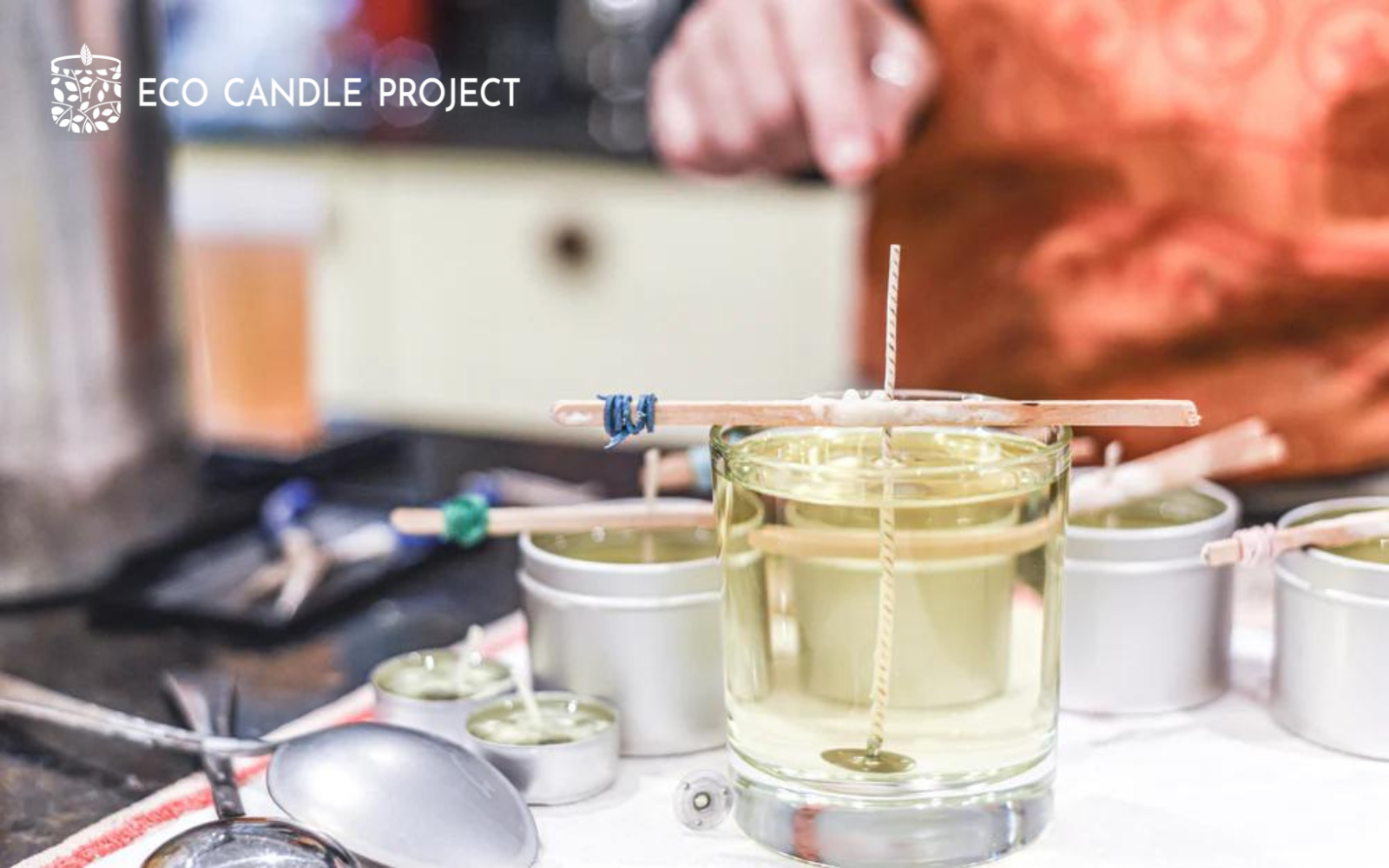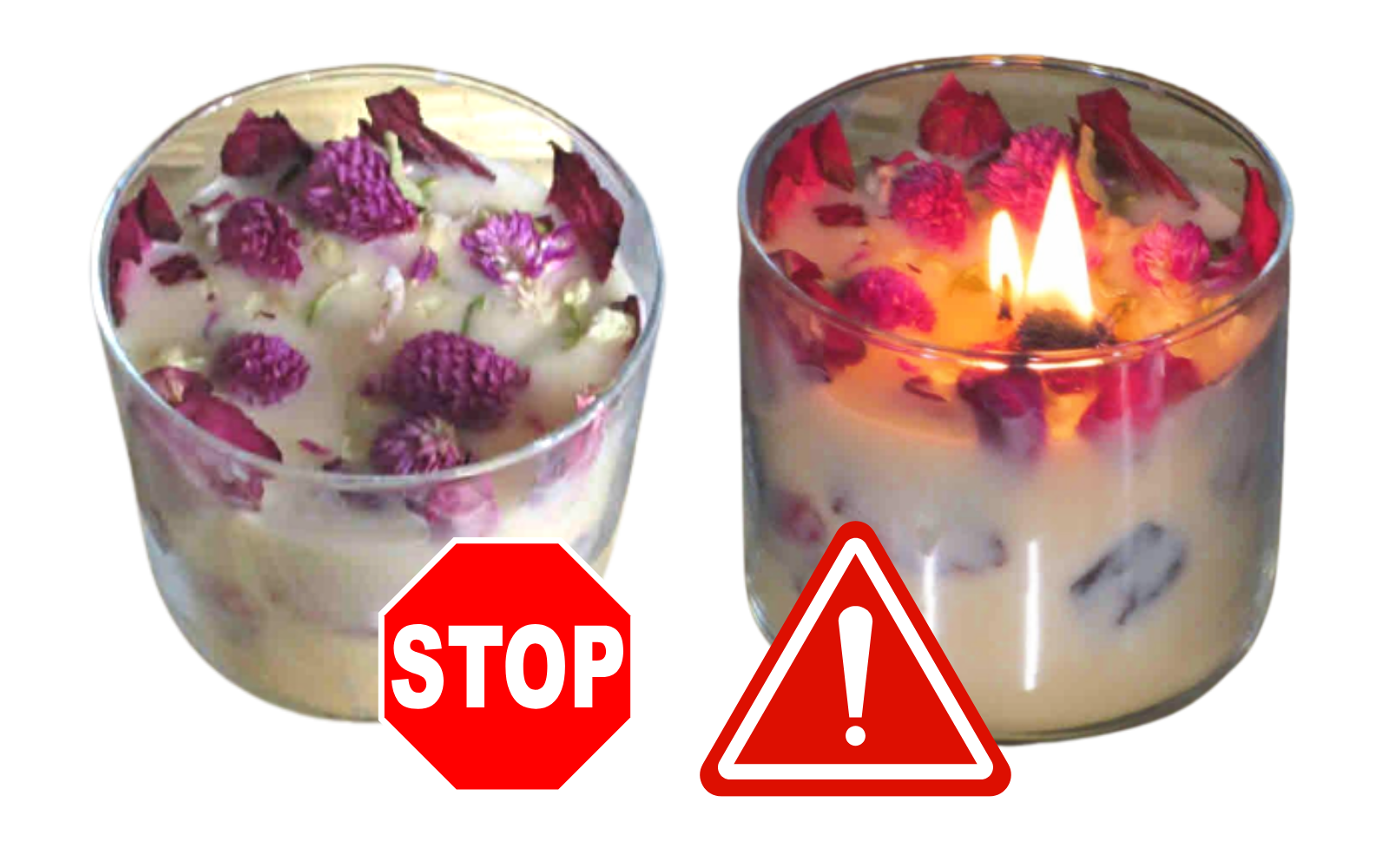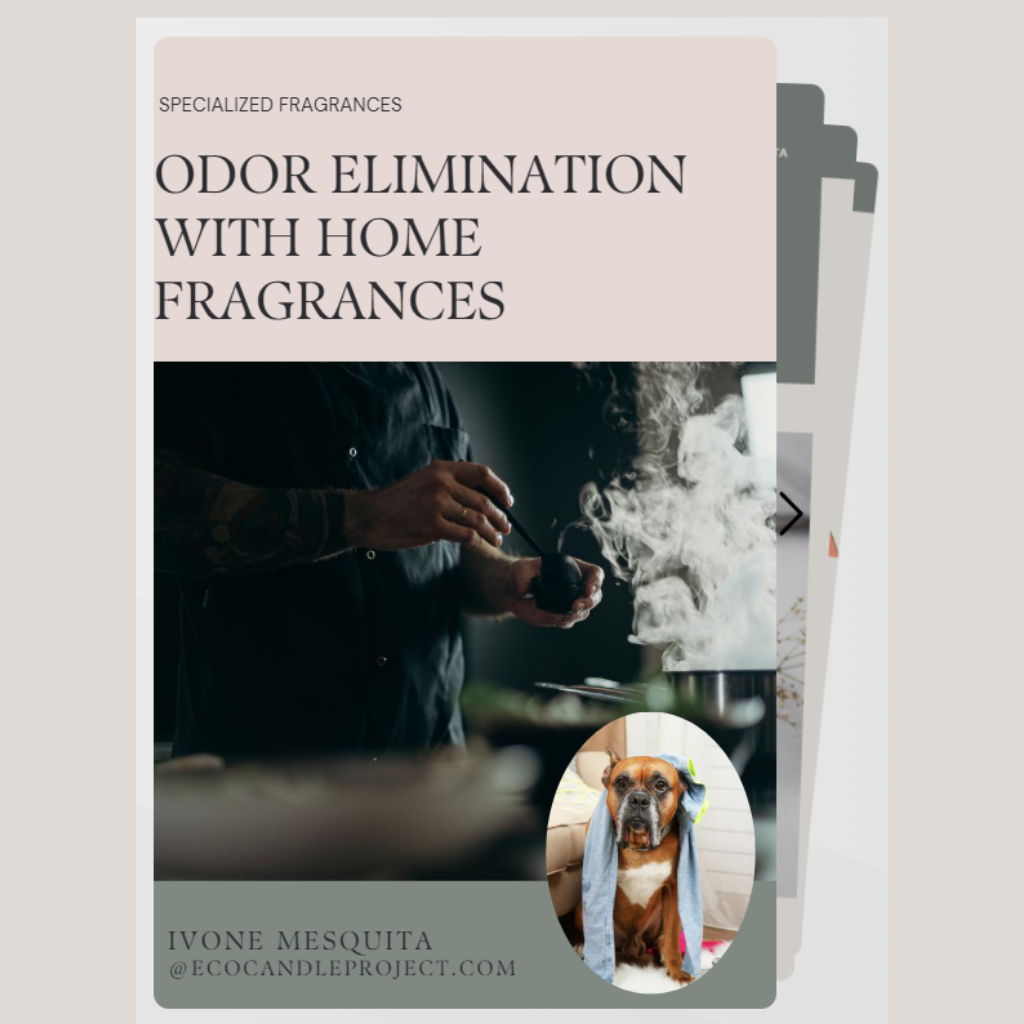-
PER GLI ESPLORATORI - Forniture fai da te
- Fragranze
- Log in
-
Italiano
OUR AVERAGE CURRENT EXPEDITION TIME TAKES 2-3 DAYS
-
PER GLI ESPLORATORI ▾- MESSAGE IN A CANDLE
- LET'S LIGHT TOGETHER
- LOVERS COLLECTION
-
LET'S MELT TOGETHER - 1993 THE COLLECTIONS
- LUXURY CANDLES
- I diffusori Reed di lusso del 1993
- Le cere di lux di lusso del 1993
- Bruciatori di fusione di vetro
OSSESSIONE CRISTALLO - TINY COLLECTIONS
- LIMITED EDITIONS
- SMOKE GREY SET BURNER AND WAXMELTS
- HOME COLLECTIONS
- HOME COLLECTION Nº1
- HOME COLLECTION Nº2
- HOME COLLECTION Nº 3
-
Forniture fai da te
▾
- Per candele
- CONTENITORE CERE
-
TUTTE LE CERE - WAX ADDITIVES
- Contenitori di candele
- Altri contenitori
-
STOPPINI - CRYSTAL OBSESSION
- WAXES DYES BEKRO COLORS
- Imballaggio di candele
- Accessori per la produzione di candele
- Etichette di sicurezza e coperture per la polvere
- Kit di candela
-
E-BOOK TECNICI - Per diffusori a canne e nebbie in camera
- Sola Flowers.
-
BASE AUGEO & PROFUMIERI ALCOOL - Bottiglie di diffusore
-
REEDS -
BOTTIGLIE DI VETRO PER SPRAY E PROFUMI - Bottiglie per saponi e nebbie in camera
- Tappi e pompe
- Imballaggio diffusore
- Etichette di sicurezza
- Per la cera si scioglie
-
CERE PER STAMPI PROFUMATI - Bruciatori di fusione ceramica.
-
COLORANTI DI CERE BEKRO COLORS -
PER CANDELINE -
BOTANICI PER FUSIONI DI CERA -
IMBALLAGIO PER STAMPI - Kits di fusione di cera
- Etichette di sicurezza
- ACESSORIES FOR WAXMELTS
- FOR SCENTED SACHETS
-
BASE MINERALE PRE PROFUMATA -
BOTANICI
- Fragranze ▾
- Cart Cart
WAX DON’T BIND WITH FRAGRANCE, SO WHAT REALLY HAPPENS IN THE CANDLES?
giugno 09, 2022

When we add fragrance to molten wax and stir it, we are creating what is known in chemistry as a ‘solution’ or ‘homogenous mixture’.
We are mixing a fragrance oil also known as aroma oils, aromatic oils (generally a blend of synthetic aroma compounds or/and essential oils that are diluted with a carrier like vegetable oil, propylene glycol or mineral oil) in an inert base like soy wax, rapeseed wax, coco soy wax etc...
What is a Mixture?
Mixtures are substances that are made up of two or more different types of substances. Physical means can be used to separate them. A solution of salt and water, a combination of sugar and water, various gases, air, and so on are examples. The different components of any combination do not unite through any chemical changes. As a result, the components retain their distinct characteristics.
In addition, unlike in a compound, the components in a mixture do not combine chemically to produce new material. Instead, they just mix and maintain their original characteristics. Because the components are not in set quantities, a lemonade is a combination. It might be made with more or less lemon juice, or with more or less sugar, and still be called lemonade.
Common Examples of mixtures are:
- Sugar and water,
- Salt and water,
- Air (mixture of gases),
- Salt and sugar,
- Sand and water,
- Oil and water, etc.
- Candles
So, there are important things to note. No ‘reaction’ has taken place, so the fragrance and wax do not chemically bond. No chemical reaction occurs, they are just a mixture and theoretically (albeit very difficult) they can be separated again.
IMPORTANT : Wax and oil are not ‘binding’. This does not actually happen. It’s a mixture.
What is ‘the limit of solubility’? In the case of wax and fragrance, that is the ‘maximum load’ of the wax. In much the same way as adding too much salt to water will lead to ‘undissolved’ salt in the bottom of the beaker, adding too much fragrance to wax can result in syneresis (bleed), as the wax cannot hold the excess of oil. You’ll get liquid drops on top of your candle.
Either the mixture wasn’t homogeneous prior to cooling (unevenly distributed fragrance…I.e., heterogeneous mixture) or too much oil was added.
(Note: On rare occasions, it may simply be that aroma components used in the fragrance are not soluble in wax. If this happens, you should change supplier!)
Homogeneity is all about consistency. So cloudy wax is actually a mixture of solid and liquid components. This is most common in plant waxes. Fragrance cannot mix with solid (non-homogeneous) wax molecules, so you should only add fragrance when the wax is not cloudy (I.e., when it is homogeneous).
Fragrance can be quite viscous at room temperature, so warming it up a little before adding it to your wax can help the two materials to mix better. This is why people state they get better hot throw when adding fragrance to hotter wax.
Hot wax lowers the viscosity of the fragrance - and the wax too - making it easier to get good fragrance distribution. This can be achieved at lower temperatures (and should be for obvious reasons) by simply mixing for longer


Distribution of components in homogeneous and heterogeneous Mixtures.
VERY IMPORTANT: Warm your fragrance slightly and add to cooler wax, then stir for longer. This procedure will enhance your top notes, as they burn off first in molten wax.
When you reach a homogeneous mixture of wax and fragrance cools the wax crystalizes. By getting a homogeneous mixture means the fragrance will be evenly distributed, filling tiny voids in the crystal structure. This is easier to achieve in paraffin than in plant waxes, as plant waxes are triglycerides, which can suffer from polymorphism, which can be accentuated/worsened by additives such as fragrance as they interfere with crystalization.
IMPORTANT POINTS TO RETAIN:
- Wax and fragrance do not bond, they form a solution.
- This means you can always add more oil or wax (up to the saturation point) without any issues, so long as you mix well.
- The lower the temperature you add the oil, the more you need to mix. Warming the oil can allow you to use cooler wax, but never add oil when the wax is cloudy.
- Do not assume all oils are equal. There are lots of people selling oil that is cheap and full of solvents, or that has never been tested in candle waxes.
- Stay below the saturation point of your chosen wax. If you think you need to add more oil, try wicking up instead it’ll have more impact.
Combining the Fragrance Oil to the Wax
Determining exactly when and how to add the fragrance oil into your hot vegetal wax requires striking a balance.
If you add the fragrance oil when the molten wax is heated above its flash point, the fragrance oil will evaporate and the candle won’t smell as nice. Alternately, adding the fragrance oil below the flash point will prevent the fragrance oil and wax from mixing properly.
Start by bringing the heat of your wax down to the flash point of the fragrance oil you’ll be using. Then, add the fragrance oil and gently stir the mixture. If you are using fragrance oils with a flash point below 80 degrees Celsius, make sure to stir for 2 minutes to thoroughly mix the wax to the oils.
Understanding the Flash Point of Fragrance Oils
The flash point refers to the point of temperature at which a liquid evaporates. To find out the flash point of the fragrance oils you are using, make sure to check product descriptions on the manufacturer’s website.
There are also three different types of flash points for fragrance oils:
- Less than 55 degrees Celsius
- More than 55 degrees Celsius but less than 80 degrees Celsius
- 80 degrees Celsius and higher
Knowing the flash point of your fragrance oils can help you effectively incorporate it into the wax at the optimal temperature. It is also worth noting that fragrance oils with subtler scents also have low flash points.
Many fluids give off vapors, including fragrance oils, which is the point in time when the liquid starts turning into a gas.
Generally speaking, the warmer a fluid is the more it wants to “release” vapors to the atmosphere, but cooler liquids hold their vapors much better.
The flash point is the temperature where a fluid (any fluid) gives off enough vapor that an open flame could ignite it. This doesn’t have to be a continuous more ‘flammable fire’ but a brief flash of light, hence the name flash point.
The only thing that can ignite the vapor is a true ignition source, not just heat.
For example, submerging a fluid that is heated to its flash point temperature in super hot wax (as is the case with adding fragrance oil to wax), it won’t ignite the oil, but lighting a match (an open flame) over it will.
The Flash Point that you will find on your fragrances SDS sheet is an indication of the temperature at which you fragrance will ignite to an open flame and is therefore not something that needs to be overly considered when mixing with wax.
Complementary information on Mixtures:
Some of the important properties of Mixtures are:
- All the components or substances in a mixture retain their original physical properties.
- The mixture can be separated into its components physically by using some techniques
- The components in a mixture may or may not be in a fixed proportion and can vary in quantity.
Types of Mixtures
Mixtures can be broadly classified into 2 main categories. These are
- Homogeneous Mixtures
- Heterogeneous Mixtures

Homogeneous Mixtures
Homo means same. The mixtures in which the components have a uniform distribution throughout the mixture are known as homogeneous mixtures. For example, salt and water is homogeneous mixture as the taste of the water will be the same if you take a sip from any portion of water. This shows that salt is uniformly distributed in the mixture.
e.g., Salt and water, Sugar and water, Alcohol and water, etc.
Properties of Homogeneous Mixtures:
- These have a uniform distribution of components throughout the mixture.
- The centrifugal force cannot be used to separate the components.
- Homogeneous mixtures do not exhibit the Tyndall effect i.e. the scattering of light by the particles in the medium when a light beam is an incident on the mixture. The path of light becomes visible due to the scattering of the light beam.
- The particle size is <1nm.
- All the solutions are homogeneous mixtures.
Heterogeneous Mixtures:
Hetero means different. The mixtures in which the components do not have a uniform distribution throughout the mixture which means in which the components are unevenly distributed are said to be heterogeneous mixtures. For example, sand and water is an example of the heterogeneous mixture as sand does not distribute uniformly in water. e.g., Sand and water, Sugar and salt, Ice in water, etc.
Properties of Heterogeneous Mixtures:
- The components of heterogeneous mixture do not uniform distribute throughout the mixture
- You can draw a boundary between the components by just looking at the mixture.
- The particle size ranges between 1nm to 1 μm.
- They can exhibit the Tyndall effect.
The solutions may be further divided into three types based upon the particle size. These are as follows:
- Solutions: These are a type of homogeneous mixtures. The particle size in solutions is less than 1nm. The solutions cannot be separated into their components using centrifugation or decantation. Example: Air, Sugar and water, Salt and water, etc.
- Colloids: Colloids have a particle size from 1 nanometre to 1 micrometre. These are heterogeneous in nature and the different components can be seen only under a microscope but not with the naked eye. Example: Fog, Smoke, etc.
- Suspension: Suspensions have a particle size larger than 1 micrometre. The components in a Suspension are in continuous zig-zag motion known as Brownian Motion. The stabilizing agents in a Suspension are responsible for isolating the particles from one another. In absence of stabilizing agents, the Suspension separates into its components itself. Example: Milk, cream, butter, etc.
Some recommendations, tips and tricks from chandlers ( brief summary of waht was statred before) :
Why is my fragrance oil not mixing with wax?
Fragrance oil does not mix properly with candle wax when the difference in temperature between the two is too extreme, or when the fragrance oil is old and should be discarded. Candle-making supplies do not last forever, and at a certain point, they stop performing as well as they should.
In addition, low-quality oils, blends, or “watered down” oils can also cause problems when making candles.
Fixing Unmixed Oil and Wax
When you experience mixing problems there are a couple of things you can do to try and salvage the situation.
What do you do when fragrance oil won’t mix with wax?
When the oil and candle wax is not mixing, bring the temperature back up to about 74ºC /75ºCºC in a double boiler and adding a small amount of vybar, about 2 gram per Kg of wax.
Stir the mixture together for 3-5 minutes and then pour your candles.
Keep in mind that vybar can also harden your wax and decrease your scent throw if you use too much. So, the goal is to use a very small amount.
Fragrance Oil and Wax Mixing Technique
There are a few things you can do to help increase the success of a fragrance oil and wax mixture when making candles.
1- First of all, before you begin making candles, it can sometimes be helpful to sit your fragrance oil bottle into a bowl of warm water. This will reduce the chances that you will get oil and wax separation.
2- Mix fragrance oils with candle wax once the wax has reached a temperature of at least 75°C. Stir the wax and oil combination thoroughly, yet gently. You want to keep a constant swirl in the melting pot; however, you do not want to be so rough the mixture begins the inclusion of air bubbles. Smooth is the key
3- Stir fragrance oil and candle wax together for a minimum of two minutes. The goal is to stir thoroughly, yet gently. You want to keep mixing the oil and wax combination without splashing it around. If you begin splashing the wax around it can create air bubbles, which can be a problem. These air bubbles can cause problems after you pour your candles and the wax starts cooling.
TROUBLESHOOTING - Reasons Fragrance Oil and Candle Wax Are Not Mixing
Too much fragrance oil. If you have too much fragrance oil in your mixture, then you will have problems getting the oil and wax to mix properly. Wax is only capable of holding to so much wax, this percentage is called the “load”. Suppliers and manufacturers will provide a load % for each type of wax sold. Never exceed that limit.
Low-quality fragrance oil. Low-quality oil or a low-quality oil blend is another reason why wax and oil might not mix properly. Essential oils and fragrance oils do not last forever, at a certain point they will begin breaking down and not working as they should. Always make sure you get your fragrance oil from a reputable supplier.
Not mixing thoroughly. The issue may be that the fragrance oil and candle wax was not mixed thoroughly enough. Keep in mind that thoroughly mixing the fragrance oil and candle wax does not mean furiously mixing it. If you mix it too rough, it will begin to include air bubbles.
Temperature differential. The wax may have been too cool when you dumped in cold fragrance oil which can cause the two to not mix properly. You need to make sure that if you are mixing the fragrance oil and candle wax at a lower temperature that you warm the fragrance oil container in a warm bowl of water first.
Fragrance oil and wax combination. The hard truth is, that sometimes fragrance oils and certain candle wax blends are just not compatible, no matter how well you mix them or what precautions you take. If you find a combination that isn’t
Sometimes, no matter how precise we are in our measurements and mixing procedures, the materials we have just might not be compatible.
If you want to learn more about fragrance oils and essential oils when it comes to candle making then be sure to check out our article here.
Frequently Asked Questions- FAQ
Why does my fragrance oil sink to the bottom of the candle?
When fragrance oil sinks to the bottom of your candles it is a sign that you have used too much fragrance oil. Candle wax can only hold with so much fragrance oil, and when it becomes over-saturated, the oil will begin sinking to the bottom of the container.
Why does fragrance oil separate wax?
Adding fragrance oil at too cool of a temperature can cause separation between the wax and oil. This will cause the oil to either sink to the bottom of the container or rise to the top of the candle. It will leave the wax gooey and wet looking making the candle unusable.
What temp do you add fragrance oil to 464 soy wax?
Add your fragrance oil to 464 soy wax when the wax has reached a temperature of at least 80-82ºC. Stir the mixture together for several minutes and then let cool before pouring.
What temp do you add fragrance oil to C3 soy wax?
Add your fragrance oil to C3 soy wax when the wax has reached a temperature of at least 75ºC. Stir the mixture together for several minutes and then let cool before pouring
What temp do you add fragrance oil to Elite 600 coco rapeseed wax?
Add your fragrance oil to Elite 600 soy wax when the wax has reached a temperature of at least 65ºC-70ºC. Stir the mixture together for several minutes and then let cool before pouring
Why do my soy candles have air bubbles?
Air bubbles could have been included in the candle wax during the mixing or pouring process. If you pour at too low a temperature or mix the fragrance oil and wax together too vigorously it can begin including air bubbles into the mixture.
Now that you know how waxes behave with fragrances and other mixtures, it's time to explore some of our waxes and fragrances.
Leave a comment
Comments will be approved before showing up.
Also in Our Blog

NON USARE MAI PRODOTTI BOTANICI NELLA TUA CANDELA
marzo 20, 2023

LEGISLAÇÃO E REGULAMENTO GERAL DE SEGURANÇA DO PRODUTO PARA VELAS E FRAGRÂNCIAS PARA O LAR (PORTUGAL)
febbraio 17, 2023
LEGAL INFO & CONTACT
© 2025 Eco Candle Project .



